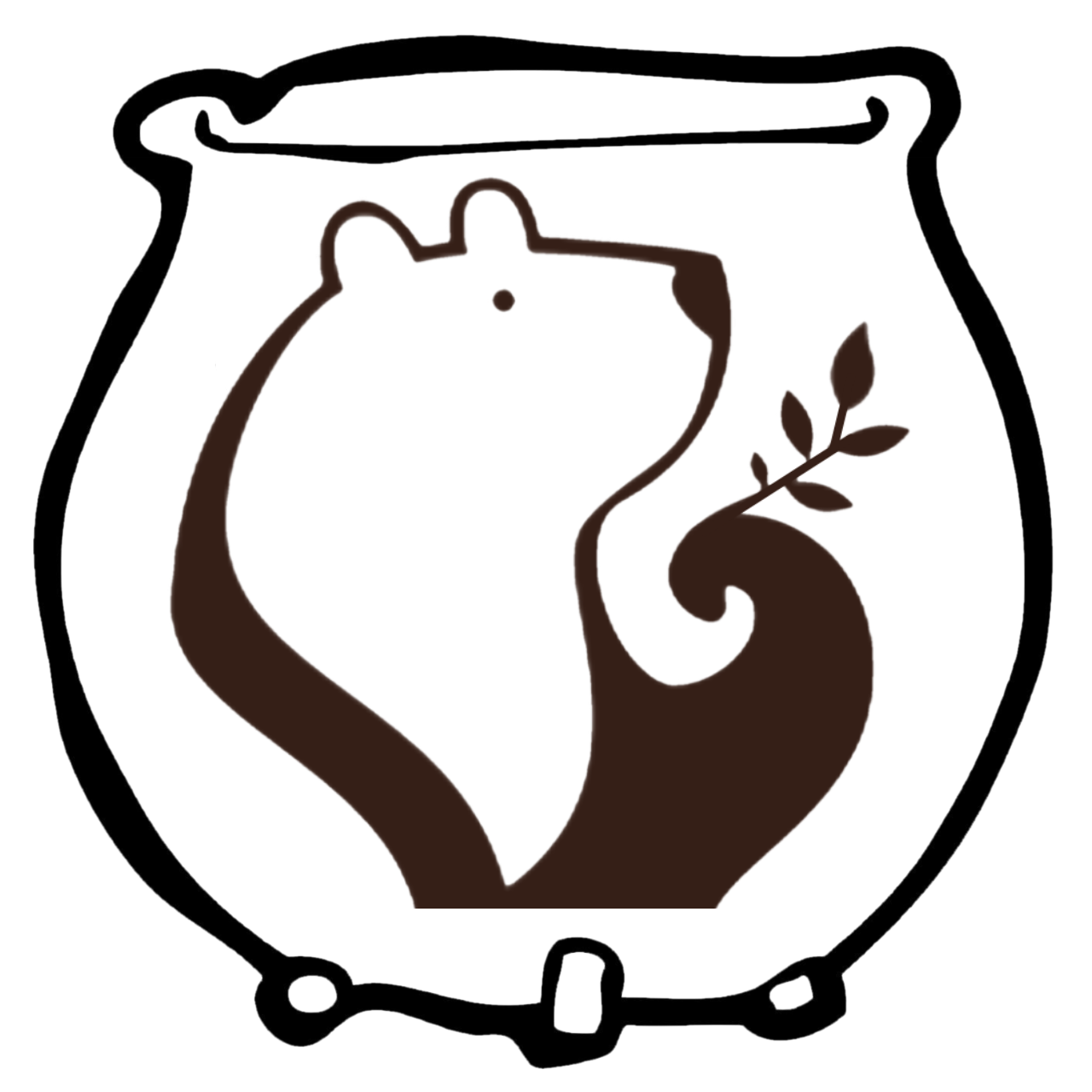Carnation
The Gillyflower
Among the myrtles as I walk’d
Love and my sighs thus intertalk’d:
Tell me, said I, in deep distress,
Where I may find my Shepherdess?
Thou fool, said Love, know’st thou not this?
In every thing that’s sweet she is.
In yond’ carnation go and seek,
There thou shalt find her lip and cheek;
In that enamell’d pansy by,
There thou shalt have her curious eye;
In bloom of peach and rose’s bud,
There waves the streamer of her blood.
‘Tis true, said I; and thereupon
I went to pluck them one by one,
To make of parts an union;
But on a sudden all were gone.
At which I stopp’d; Said Love, these be
The true resemblances of thee;
For as these flowers, thy joys must die;
And in the turning of an eye;
And all thy hopes of her must wither,
Like those short sweets here knit together.
From a really large family, the carnation is a handsome and stand out guy. However, he is not a “by the book” kind of fellow. His stem has swollen nodes where the grayish blue-green leaf attaches. His leaves are mostly opposite, long and smooth, but can occasionally be rounder and whorled. His flowers bloom singly or on forked stems with 5 petals and 5 sepals, but sometimes with 4 petals. We are most familiar with the double forms which may have up to forty petals. The petals are fringed or sport deep clefts at their end or even ruffled. In other words, our sweet-smelling dapper Dan likes to mix up his look. But one thing stays the same, he is a handsome and much-beloved charmer.
The Magic of Carnation
Correspondences
Element: Fire
Gender: Masculine
Sabbat: Unknown
Planet: Jupiter, Sun
Chakra: Heart
Spellwork
Protect
Heal
Beauty
Love
Vigor
Proverb
Ukrainian: A good, warmed vodka makes a carnation bloom inside your stomach.
The Medicine of Carnation
Ayurvedic
Not Applicable
Herbology
Antispasmodic
Stimulant
Anti-inflammatory
Relaxant
Emmenagogue
Febrifuge
Diuretic
Diaphoretic
TCM
TCM Name: Qu Mai
Botanical Name: Dianthus chinensis
Common Name: China Pink
Energy: Cold
Flavor: Bitter
Organs: Bladder, Heart, Small Intestine
Movement: Regulate water, Drain dampness
Science of Carnation
Botany
Botanical Name: Dianthus caryophyllus
Family: Caryophyllaceae (Pink Family)
Type of Plant: Herbaceous perennial
Habitat: Average soil, Sun
Zone: 5-9
Bloom Time: June – July
Height: 1-2 foot
Spread: 1 foot
Propagation: Softwood cuttings
Harvest: Flower petals when blossoms are dry
Part Used: Flowers
Constituents: Terpenes, Alkaloids, Coumaruns, Glycosides
Native Region: Mediterranean
Sustainability: Good
Leaf
Structure: Simple
Arrangement: Opposite
Shape: Linear lanceolate
Length: 6 inches
Margins: Entire
Surface: Glaucous
Flower
Inflorescence: Simple cymose
Sexuality: Perfect
Stamen: In whorls, = or 2X # of petals
Petals: Notched, in sets of 5
Color: Pink, varied
Size: 1 inch
Sacred Story
Joseph Mazzinghi was a British composer in the late 1700s who wrote a popular song titled, “Ye Shepherds Tell Me”. Enjoyed by John Singer Sargent (an American artist) and his friends, this song inspired the title of one of his paintings, “Carnation, lily, lily, rose”. Because Sargent painted it at dusk and outdoors, this work was in process from September 1885 to October of 1886. It is said that he could really only work on it a few minutes each evening when the light of dusk would please him. Carnations inspire song which inspires art.
Ye Shepherds tell me,
Tell me have you seen,
Have you seen My Flora pass this way?
In shape and feature beauty’s queen,
In pastoral, in pastoral array.
A wreath around her head,
around her head she wore,
Carnation, lily, lily, rose,
And in her hand a crook she bore,
And sweets her breath compose.




